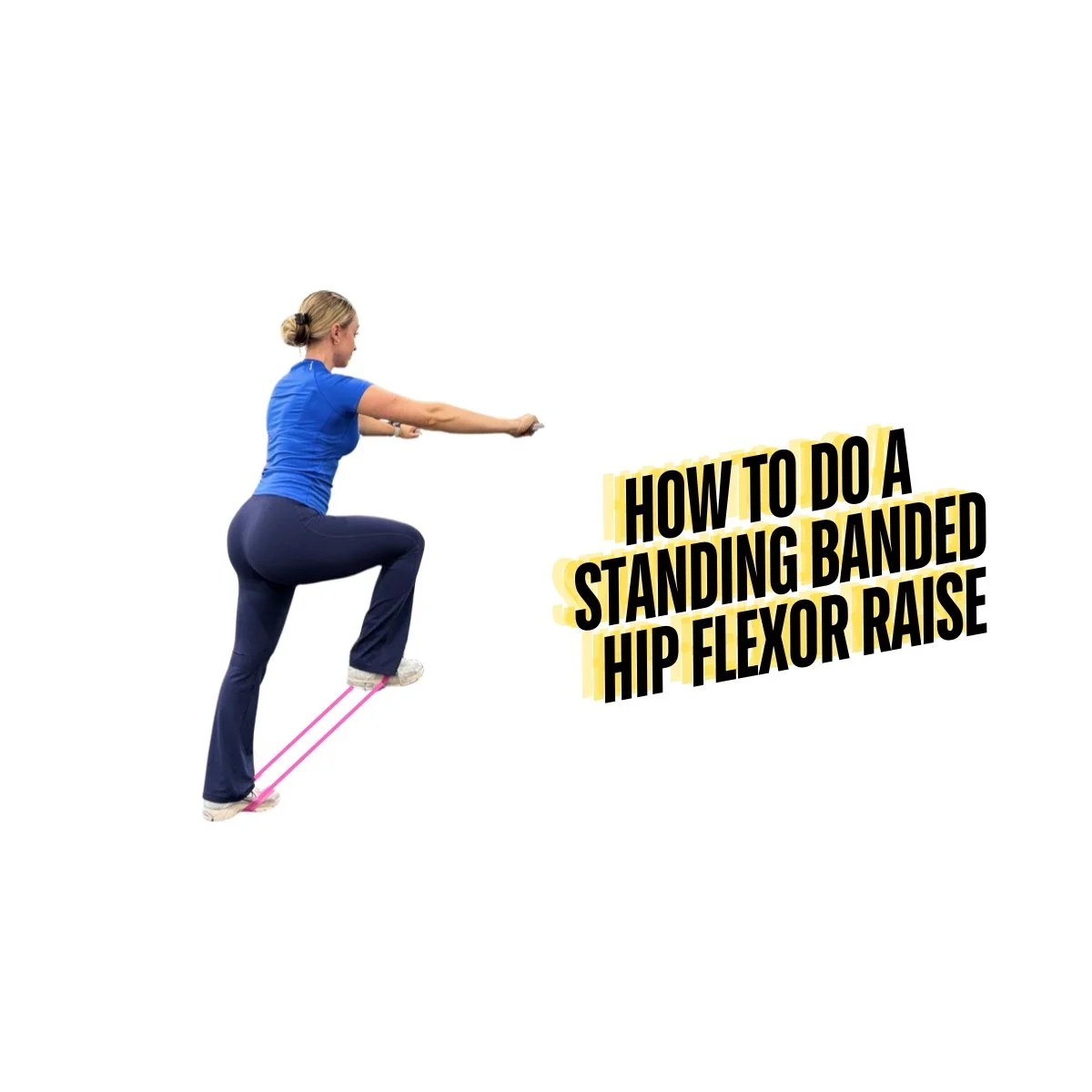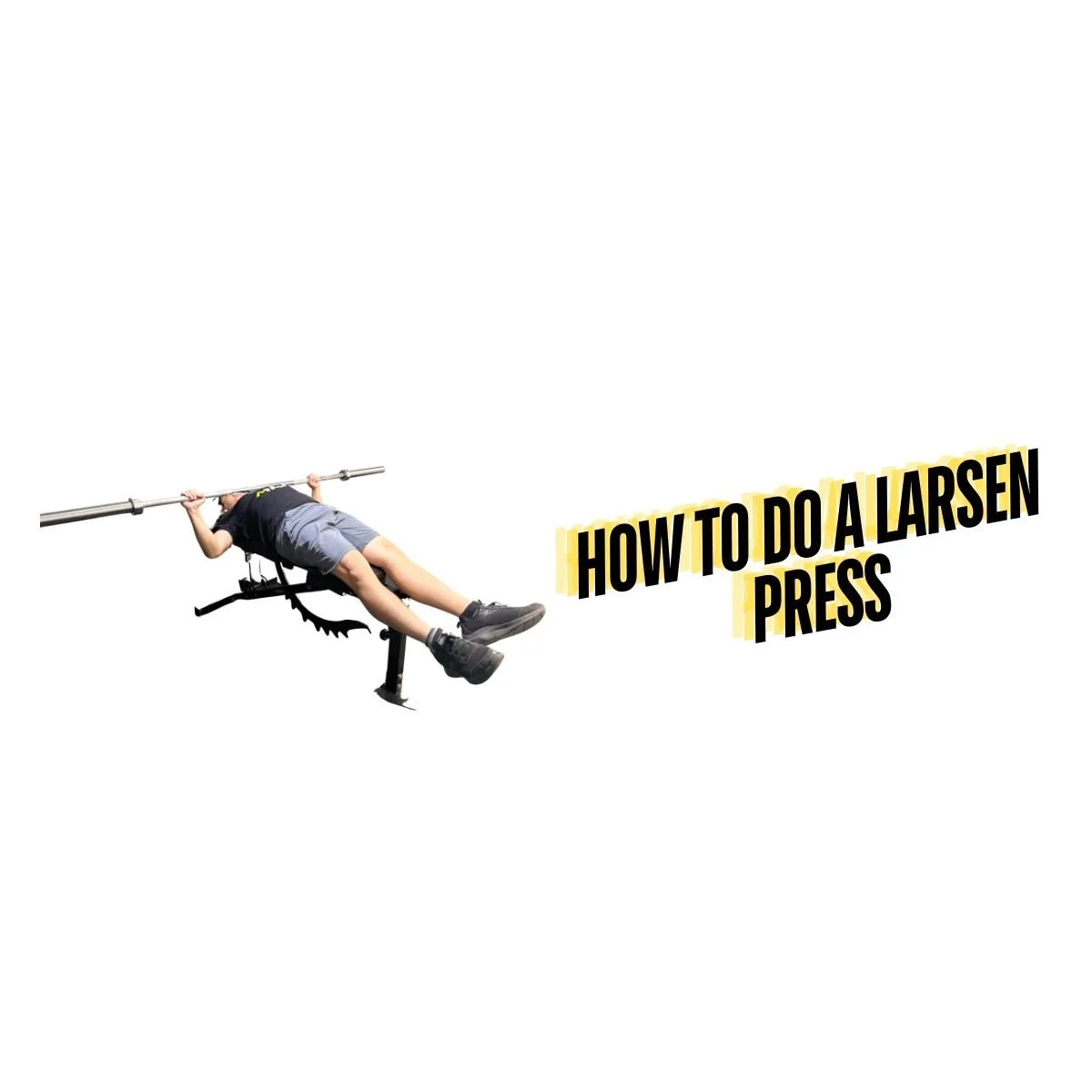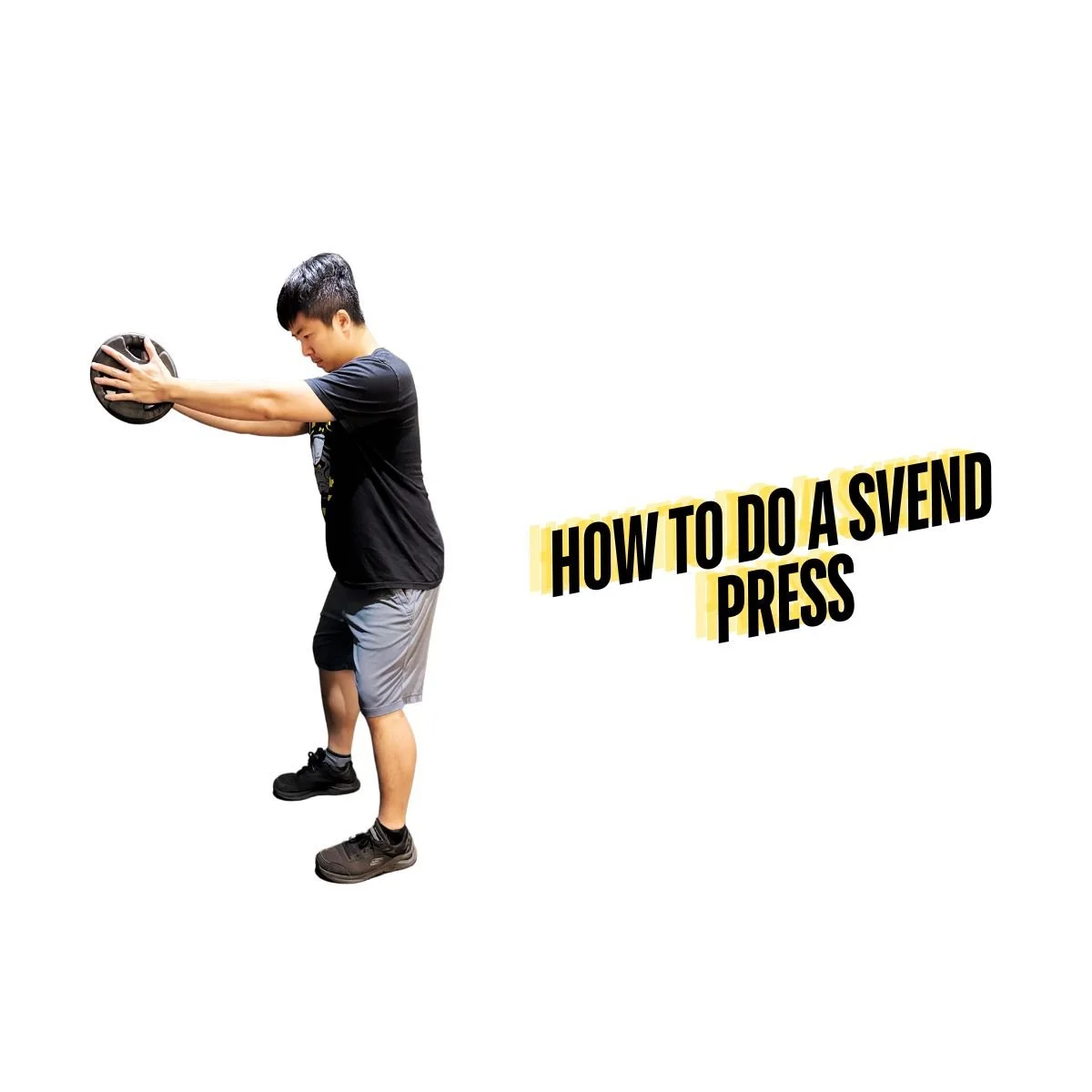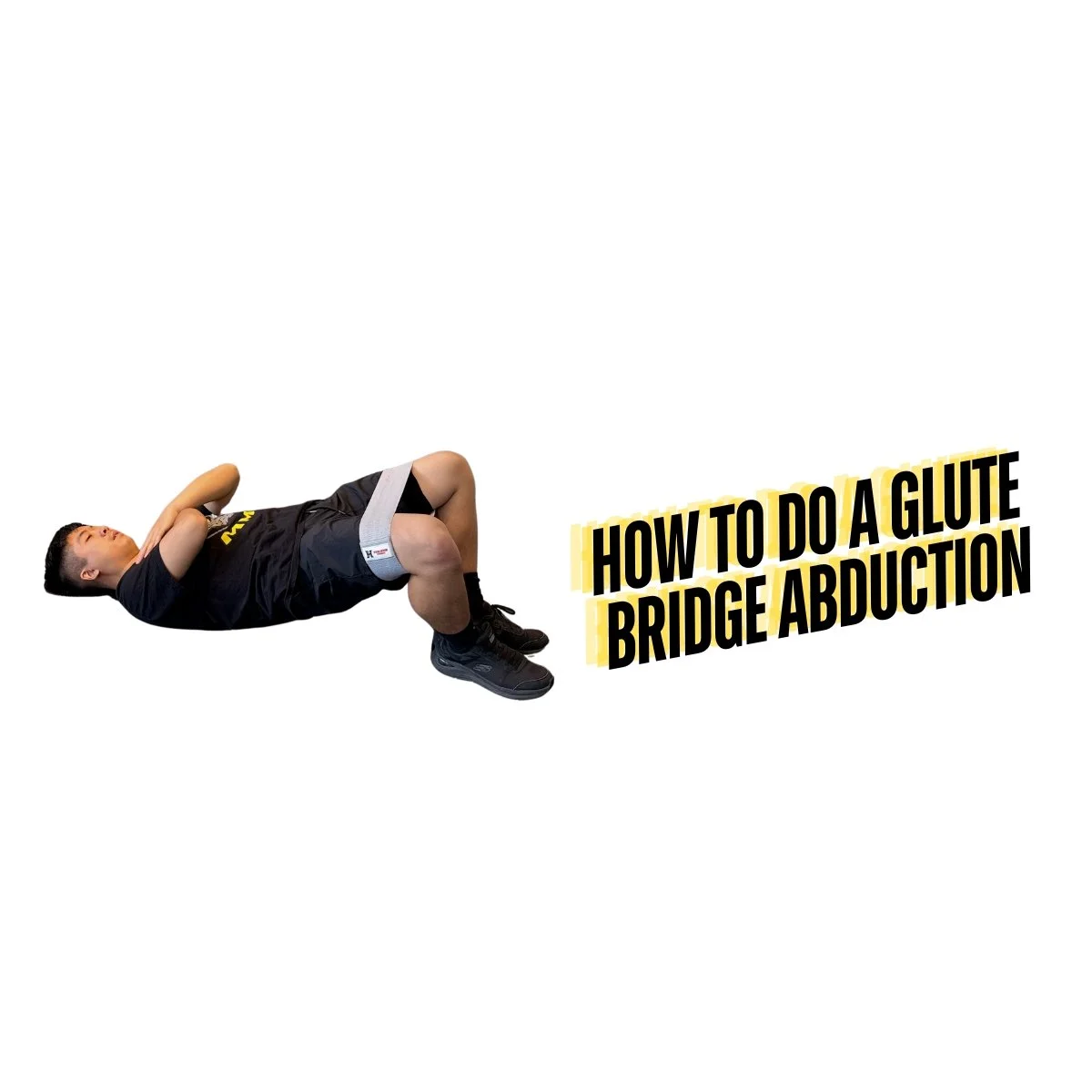Understanding Hip Anatomy: Flexion and Extension
Table of Contents
Introduction
Hip movements, specifically hip flexion and extension, are fundamental for daily activities and athletic performance. These movements are controlled by several key muscle groups, including the glutes, hamstrings, hip flexors, and quadriceps. Understanding how these movements work and their benefits can enhance fitness routines, improve posture, and prevent injuries.
Hip Flexion occurs when the thigh moves closer to the torso, as in lifting the knee towards the chest.
Hip Extension involves moving the thigh away from the torso, such as when standing up from a chair or pushing the legback during walking.
Hip Extension Exercises
Glute Bridge
Lie on your back with knees bent and feet flat.
Lift hips upwards, squeezing the glutes.
Lower back down and repeat.
Deadlift
Stand with feet shoulder-width apart, holding a barbell.
Hinge at the hips, keeping the back straight, and lower the barbell.
Return to standing, extending the hips fully.
Reverse Lunge
Step one foot backward and lower the back knee towards the ground.
Push through the front heel to return to standing.
Hip Flexion Exercise
Leg Raise
Lie on your back with legs straight.
Lift legs towards the ceiling, keeping them straight.
Lower slowly and repeat.
Mountain Climber
Start in a plank position.
Alternate bringing knees towards the chest in a running motion.
Hanging Leg Raise
Hang from a pull-up bar.
Lift knees towards the chest, then lower back down.
Importance and Benefits
Benefits of Hip Extension
Improved Glute Strength: Enhances power and stability in movements like running and jumping.
Better Posture: Strengthens the muscles that support an upright posture.
Enhanced Athletic Performance: Boosts performance in sports requiring explosive movements from the lower body.
Reduced Lower Back Pain: Strengthens the posterior chain, alleviating pressure on the lower back.
Benefits of Hip Flexion
Increased Core Muscle Strength: Engages the core muscles, improving overall stability.
Improved Hip Mobility: Essential for activities that involve leg lifting and bending.
Enhanced Athletic Performance: Critical for sports that involve sprinting and kicking.
Injury Prevention: Strengthens muscles to support the hip joint, reducing injury risk.
Common Mistakes and How to Avoid Them
Hip Extension Errors
Improper Form: Avoid arching the lower back in exercises like deadlifts and glute bridges. Focus on keeping the spine neutral.
Overextending the Hips: Do not hyperextend the hips; go as far as your range of motion allows.
Neglecting the Core: Engage the core to stabilize the movement.
Hip Flexion Errors
Swinging the Legs: In leg raises, avoid using momentum. Control the lift and descent.
Ignoring Alignment: Maintain proper alignment to avoid strain, particularly in the lower back.
Overloading Too Quickly: Progress gradually with weights to prevent muscle strains.
Incorporating Hip Movements into Your Workout
Advanced Techniques and Variations
Progressions for Hip Extension
Resistance Bands: Add bands to glute bridges or deadlifts for increased resistance.
Single-Leg Variations: Perform single-leg deadlifts to challenge stability and strength.
Progressions for Hip Flexion
Weighted Leg Raises: Add ankle weights to increase intensity.
Plyometric Lunges: Incorporate jumps into lunges for added difficulty.
Functional Training
Hip extension and flexion exercises mimic daily activities and sports movements, improving functional fitness and overall performance.
Sport-Specific Training
Athletes can incorporate specific exercises into their training to enhance performance in their respective sports, such as sprinters focusing on hip flexion exercises for better starts.











